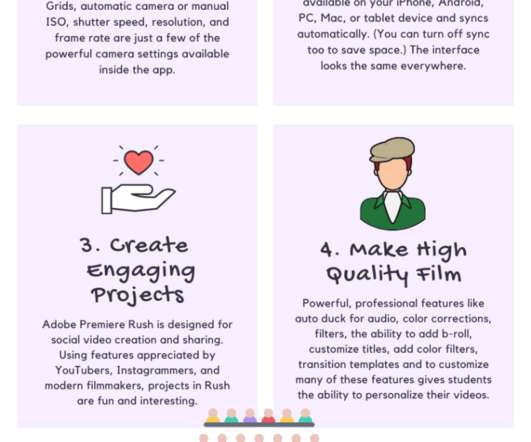Are You Leading with Fear? #BYOD
The Mobile Native
APRIL 27, 2014
There are major concerns regarding social media and the fear of allowing students to use their cell phones for educational purposes. As an educator and parent, I have come to the realization that, like it or not, social media and mobile learning devices are going to be an integral part of our children’s lives.






















Let's personalize your content